Biceps tenotomy and biceps tenodesis are two surgical procedures used to treat injuries of the long head of the biceps tendon (LHBT)—a tendon located in the front of the shoulder that helps flex the elbow and rotate the forearm. When this tendon becomes torn or inflamed, it can cause significant shoulder pain, weakness, and a visible bulge in the upper arm, commonly referred to as a “Popeye deformity.”
Both procedures aim to relieve pain and improve function—but they differ in technique, recovery, and outcomes. At American Orthopedics, Dr. Drew Ratner performs both surgeries using a minimally invasive arthroscopic approach, tailored to your individual goals and activity level.
- Dr. Drew Ratner, MD, Board-Certified Orthopedic Surgeon




Dr. Ratner trained at one of the nation’s top shoulder and sports medicine fellowships, gaining advanced experience with biceps repairs and complex shoulder conditions.
You’ll get an honest discussion about your options—from tenotomy to tenodesis—so you can make an informed decision based on what matters most to you.
At American Orthopedics, Dr. Ratner personally sees you through every step—from consultation to surgery and recovery—with no handoffs or rushed visits.
Biceps tenodesis involves reattaching the torn or damaged biceps tendon to the upper arm bone (humerus) using a small anchor or screw. This restores the tendon’s attachment point and maintains the cosmetic appearance and strength of the biceps muscle. It is often chosen for younger, more active patients or those who want to preserve arm appearance and full function.
In a tenotomy, the surgeon simply releases the torn or inflamed tendon from its attachment in the shoulder. The tendon is allowed to retract naturally, which often eliminates pain and inflammation. This quicker and less complex procedure is ideal for older or lower-demand patients and may result in a mild cosmetic change.
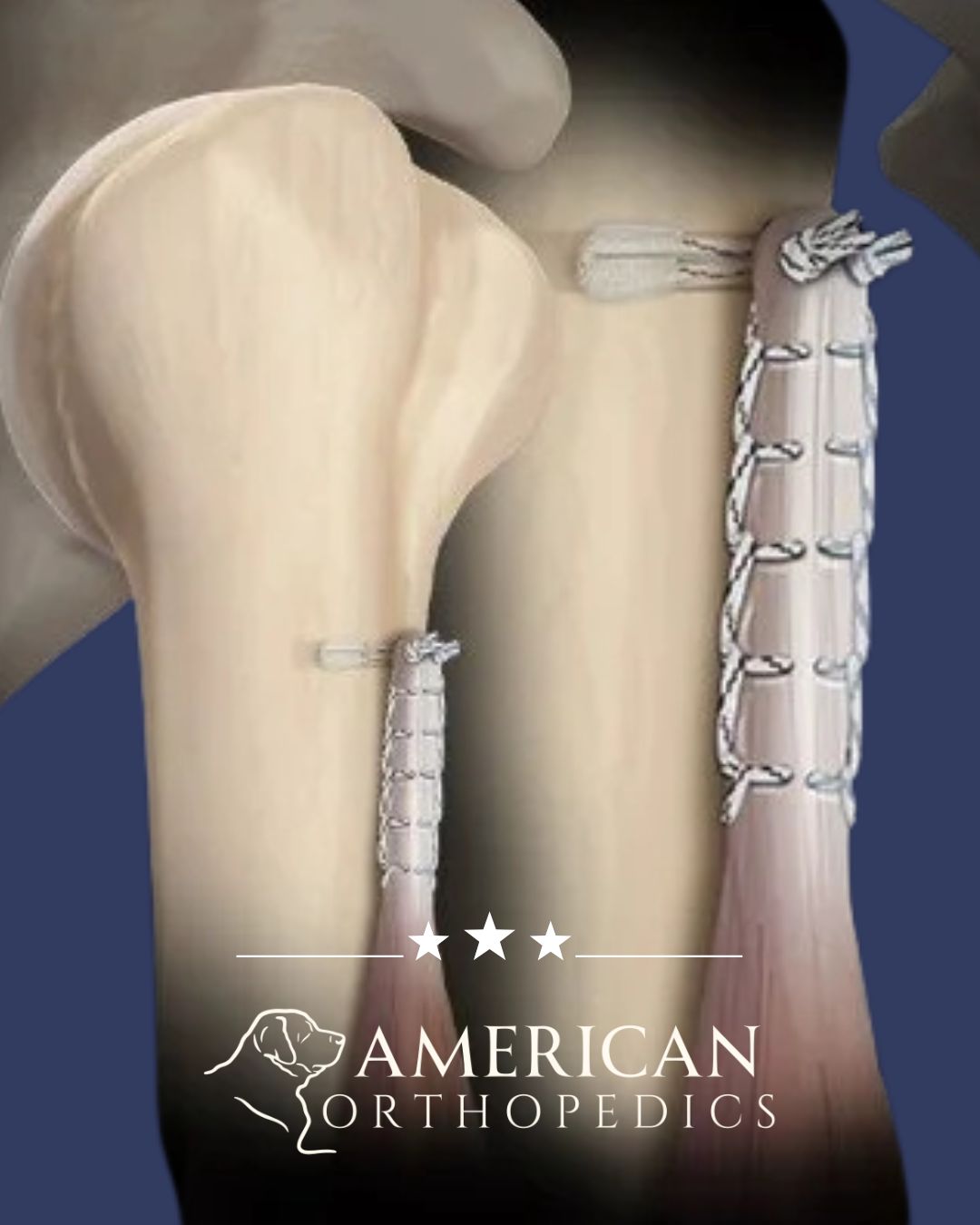
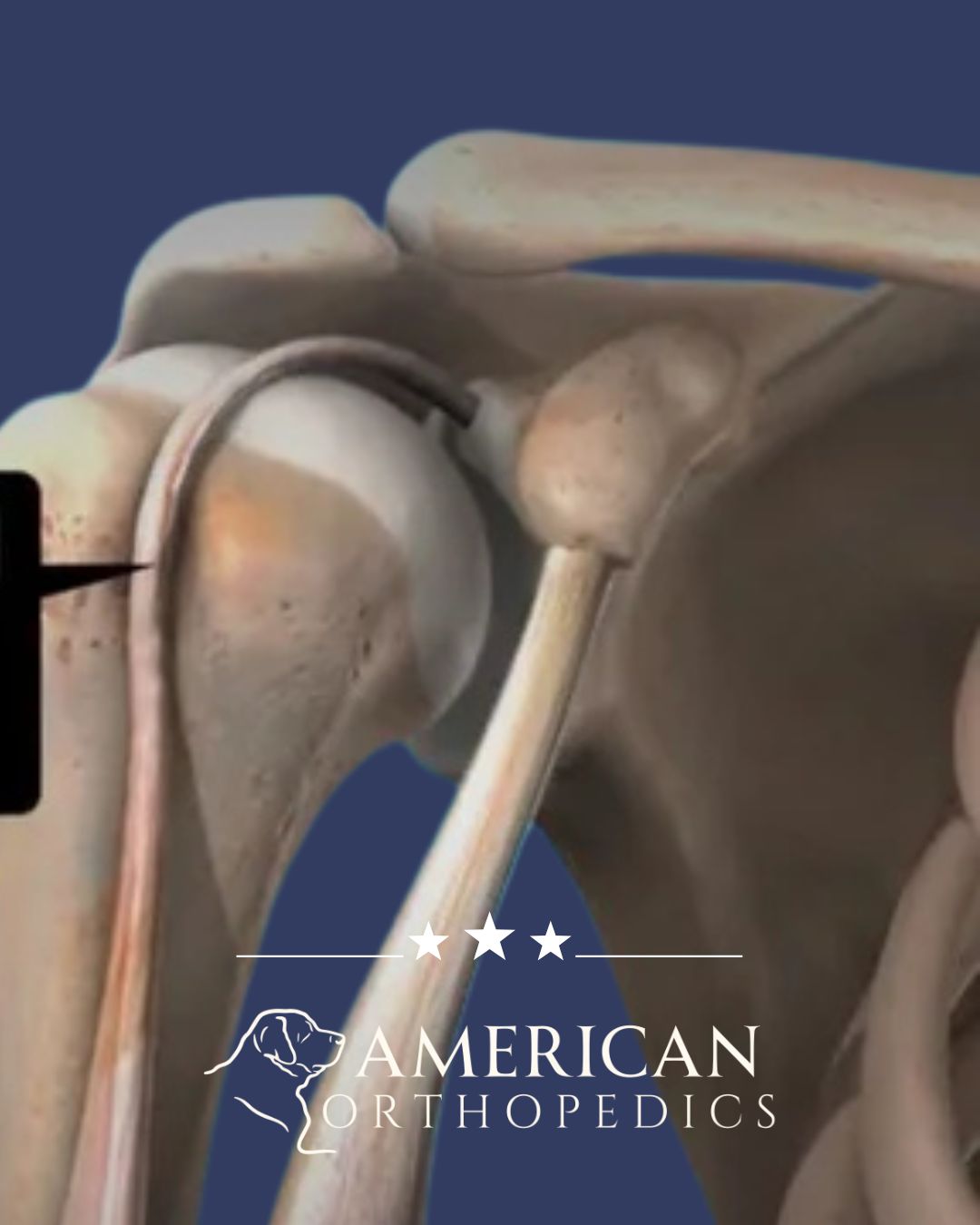
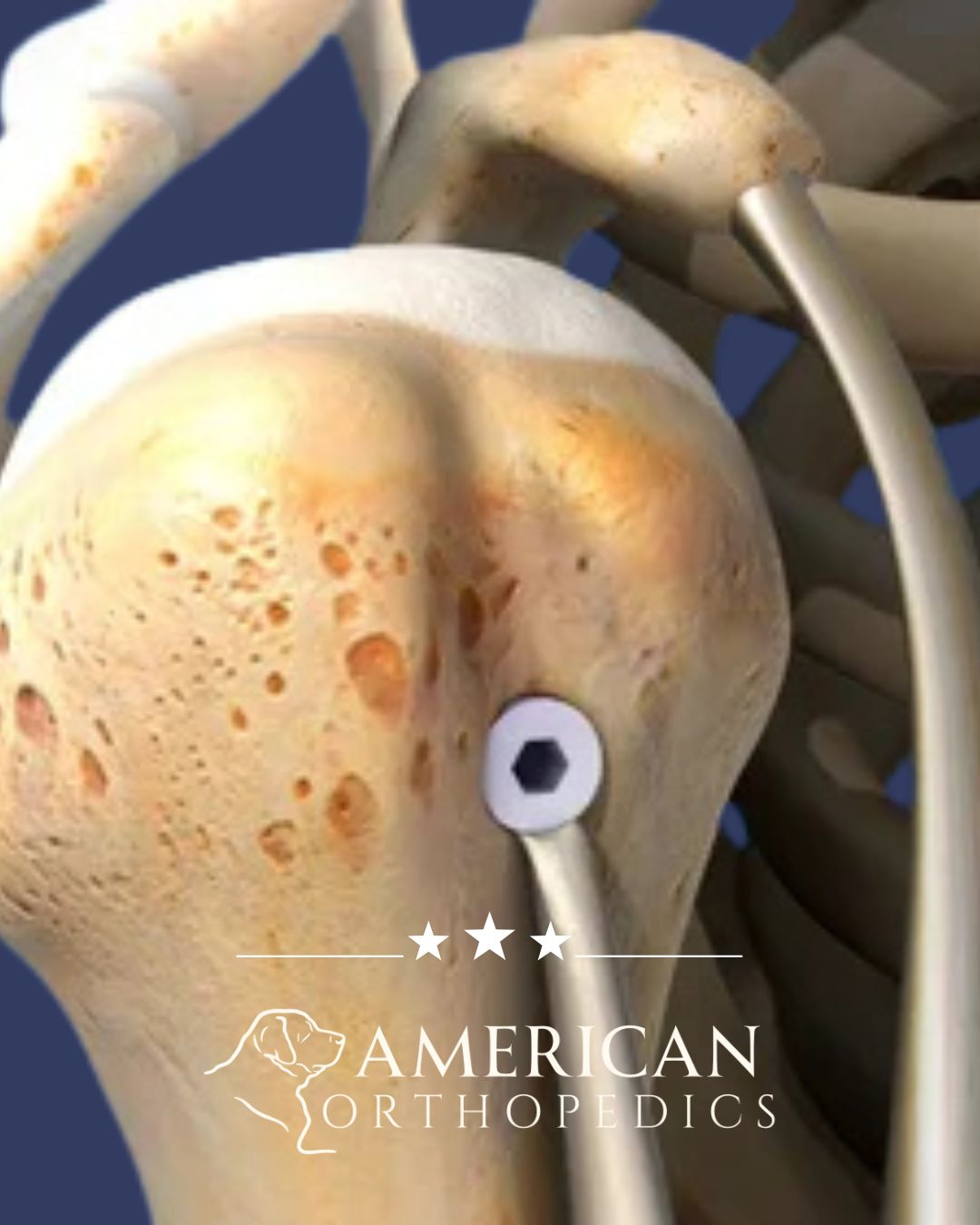
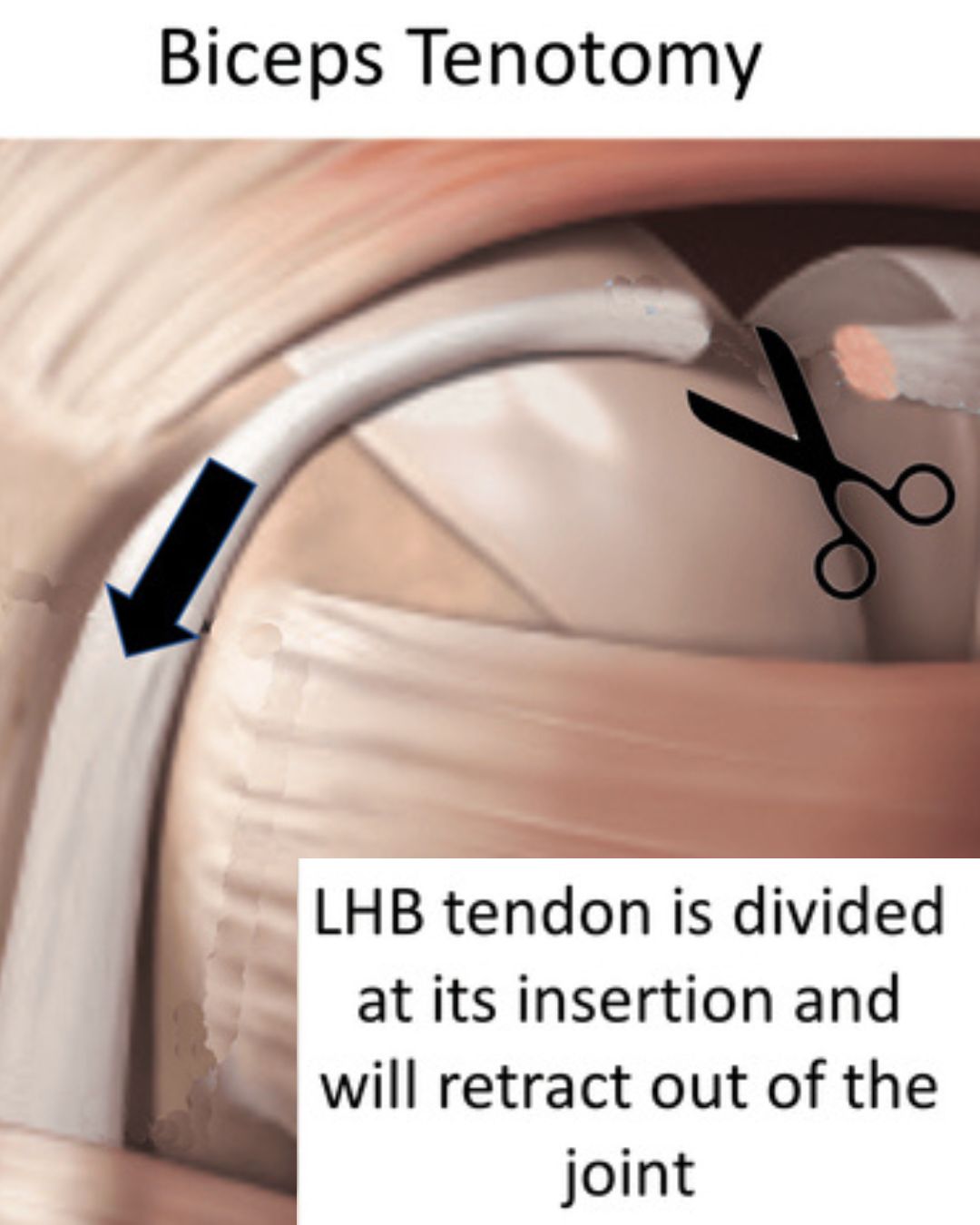
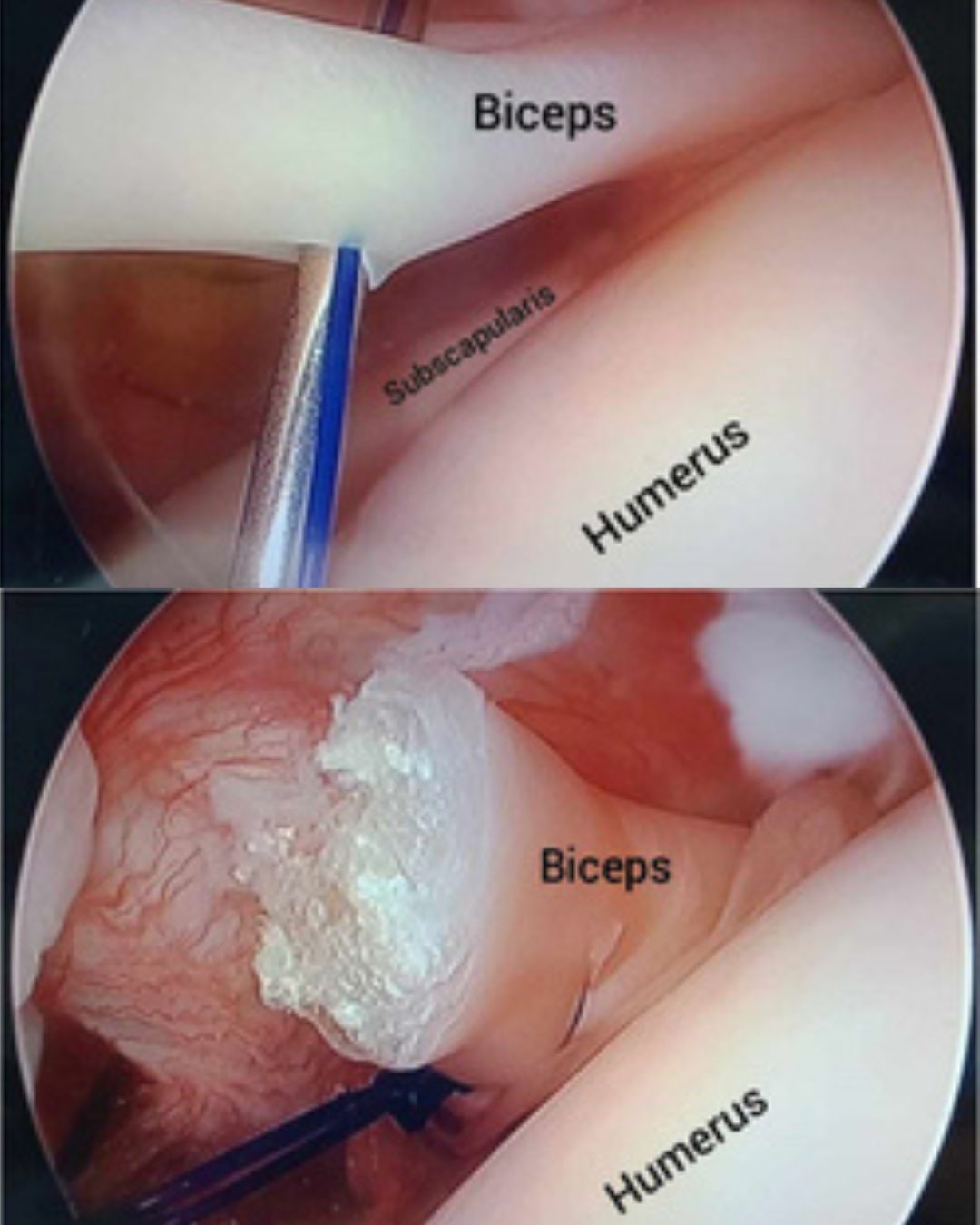
You may be a candidate for one of these procedures if you have:
Dr. Ratner will determine which procedure is right for you based on your:
Dr. Ratner will perform a detailed exam and imaging review (typically MRI or ultrasound) to confirm the diagnosis. He will explain the role of the long head of the biceps in shoulder function and help you understand the pros and cons of tenotomy vs. tenodesis in the context of your personal goals, lifestyle, and preferences.
Both tenodesis and tenotomy are typically performed arthroscopically through small incisions, often as outpatient surgery. The procedure may be done alone or alongside other shoulder repairs like rotator cuff surgery.
Tenotomy: The tendon is released from its attachment and allowed to retract.
Tenodesis: The tendon is detached, prepared, and reattached securely to the upper arm bone using a small implant.
Surgery typically takes under an hour and patients return home the same day.
Recovery will vary depending on which procedure you undergo.
After Biceps Tenotomy:
Sling for comfort (usually 1–2 weeks)
Early range of motion encouraged
Most patients return to daily activity within 2–4 weeks
Minor cosmetic changes (Popeye sign) may occur
After Biceps Tenodesis:
Sling worn for 3–4 weeks
Activity restrictions for 6 weeks to protect the repair
Physical therapy begins after the initial healing phase
Return to full strength and activity within 3–4 months
Dr. Ratner will provide a personalized recovery plan and follow-up schedule based on your chosen procedure and lifestyle goals.
Advanced care for maxium results & comfort
Follow all post-operative instructions regarding sling use and movement restrictions
Attend all scheduled follow-ups and physical therapy sessions
Avoid lifting or biceps-specific exercises until cleared
Monitor for swelling or unusual discomfort and report concerns early
Be patient—each shoulder heals at its own pace